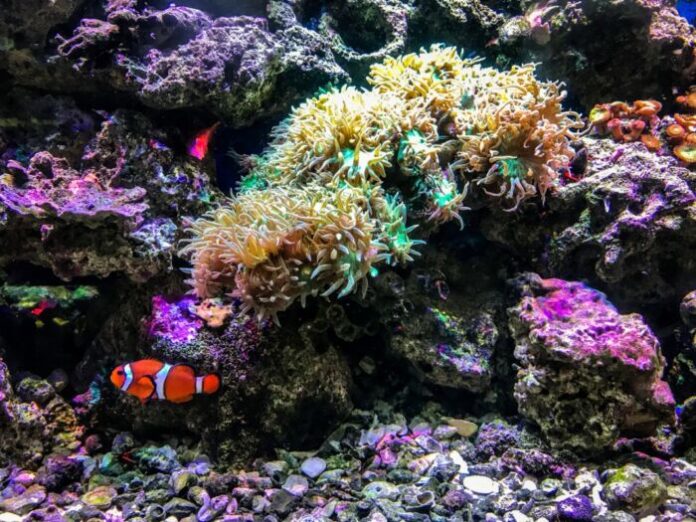
Corals absorb pollutants, in particular some hydrocarbons that have in fact been found in the skeleton of a species of coral widespread in the Mediterranean. This was revealed by a study conducted in collaboration between the Institute for Biological Resources and Marine Biotechnologies of the National Research Council (Cnr-Irbim) and the University of Bologna (Unibo).
Research has identified an accumulation of polycyclic aromatic hydrocarbons, harmful pollutants, in the tissues and symbiont algae of the Mediterranean coral Balanophyllia europaea.
The study was carried out as part of the Cnr-Unibo joint international doctorate in “Innovative technologies and sustainable use of Mediterranean fishery and biological resources” and the research activities of the Fano Marine Center – Research Center on biodiversity, resources and biotechnology marine. The results were published in the journal Science of the total environment.
“Polycyclic aromatic hydrocarbons (IPAs) are a class of organic pollutants resulting from the incomplete combustion of organic material and the use of fuel oil, gas, coal and wood in energy production. IPAs are widely present in the sea and represent a potential risk for marine fauna, given their toxic effects ”, explains Mauro Marini, CNR-Irbim researcher. Researchers have demonstrated for the first time the presence of some hydrocarbons, such as acenaphthene, fluorene, fluoranthene and pyrene, selected for their environmental relevance, in a coral widespread in the Mediterranean Sea.
“The results show that Balanophyllia europaea accumulates these contaminants in the tissue, skeleton and zooxanthellae algae that live in symbiosis with the same coral. By associating the IPA data contained in the skeletons with the age data of the population under examination, it was possible to estimate the long-term storage capacity of polycyclic aromatic hydrocarbons, in particular up to 20 years, in coral skeletons “, continues the researcher. cNR-Irbim. “The storage itself removes contaminants from the environment. However, the substances remain toxic to coral and can have direct effects on the animal, leading to death in the event of extreme contamination. These substances could be released back into the environment upon coral degradation. Furthermore, climate changes causing the acidification of the seas can cause a faster degradation of coral structures and therefore a more rapid release into the environment of these contaminants. This first survey is the starting point for future studies in the Mediterranean basin. Evaluating the levels and sources of these diffuse and harmful pollutants is in fact of crucial importance to estimate the risks for marine organisms ”.



































